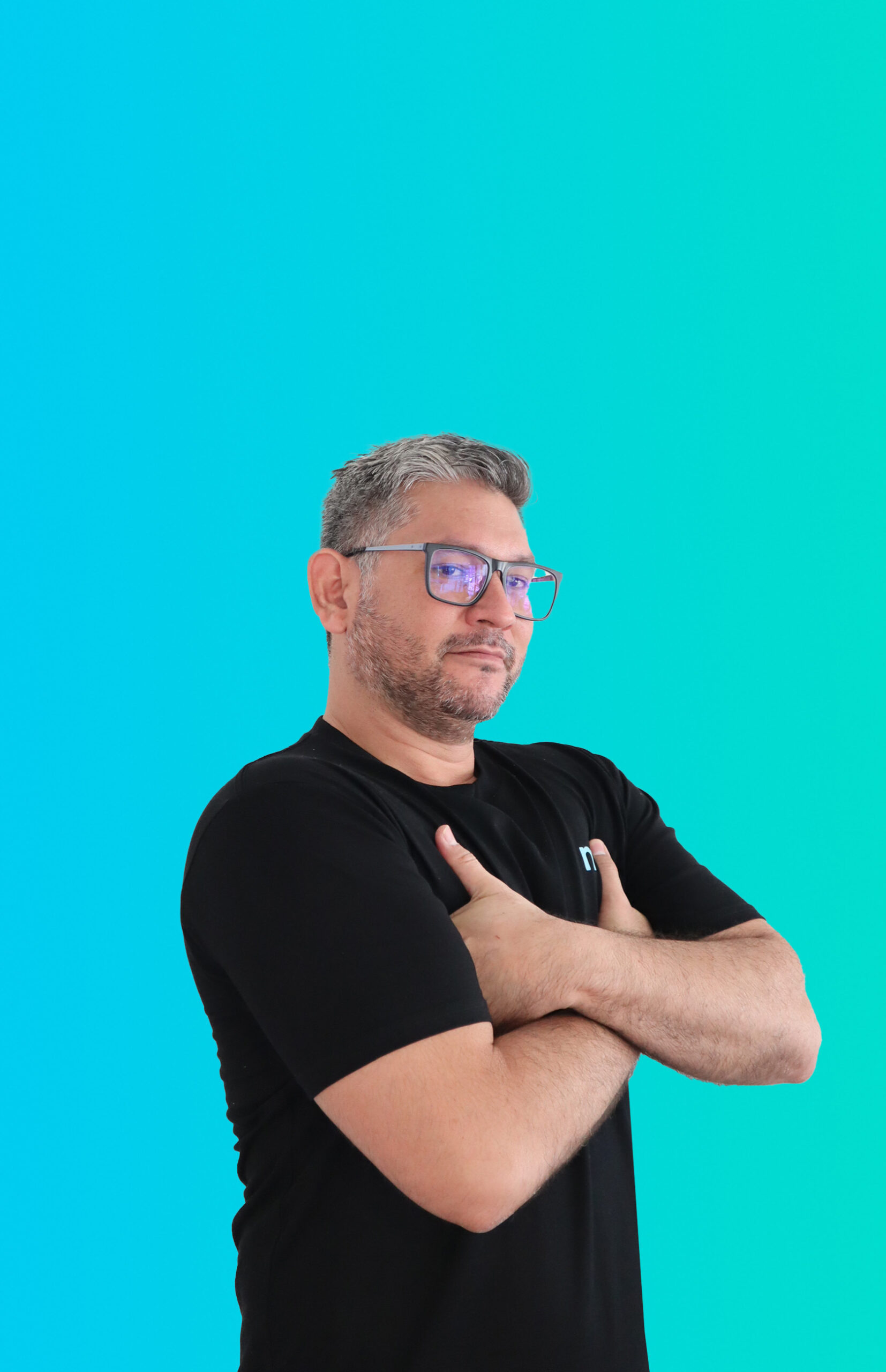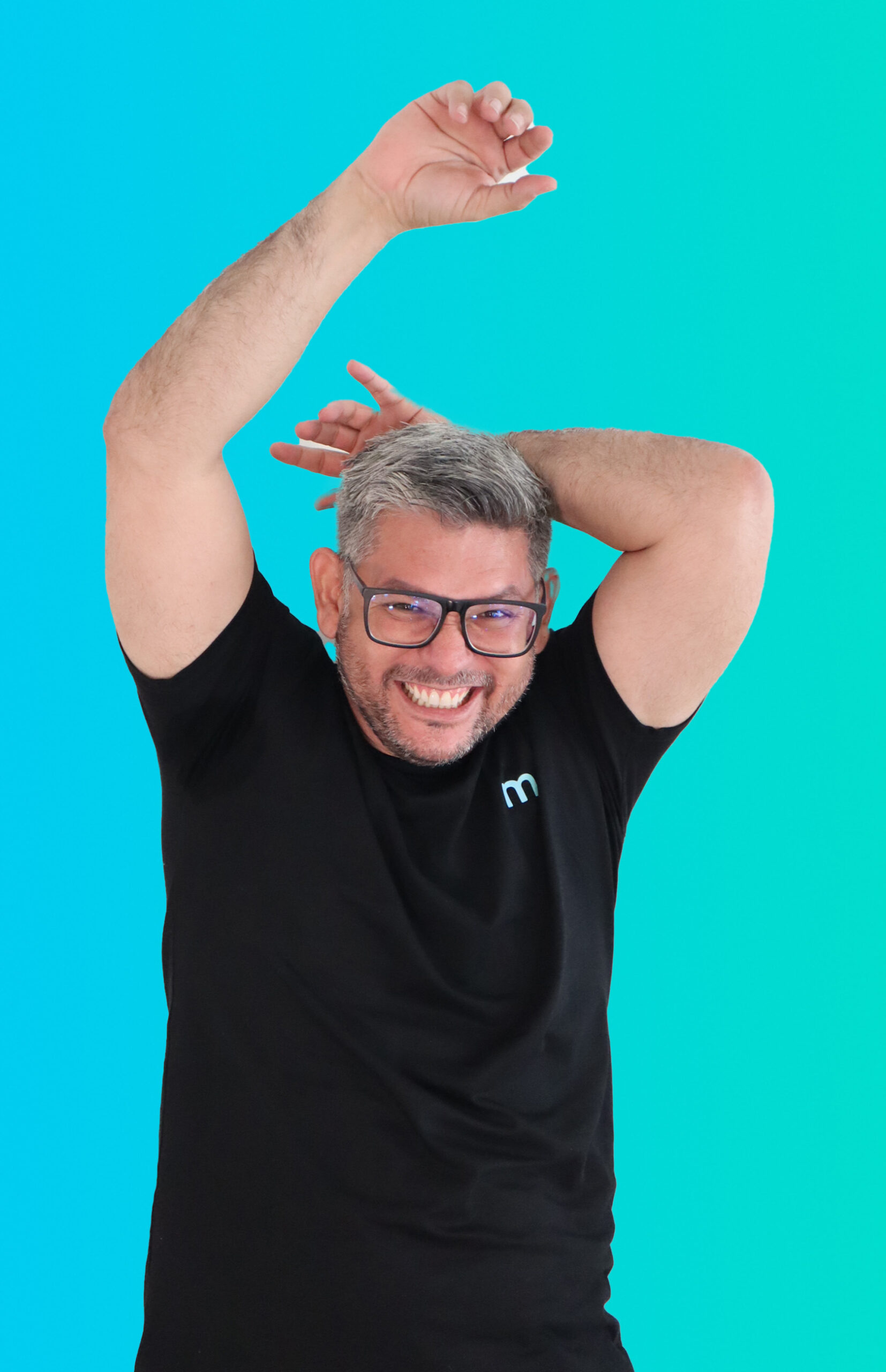This article covers the most important aspects about creating your product listings on Google Shopping. If you are looking to attract more organic sales online this article is for you.
What is Google Shopping SEO?
Did you know that 85% of all online product purchases start on Amazon or Google? That’s right! these two giants dominate the online shopping world. Among them, Google Shopping is one of the most profitable advertising channels available for online merchants. With over 1.2 billion monthly searches on Google Shopping and growing its becoming more important to make online products optimised for SEO.

Google Shopping is exactly like Google’s classic search engine but for products. The way Google ranks products is very similar to the normal way it ranks websites, but a little different.
Currently, the best part about Google Shopping is that even unoptimized product listings can be discovered organically, as this Google feature is fairly new. So, not many people have optimised their online products for discoverability as of yet.
To get the most out of this platform, long-term SEO product optimization techniques must be applied in order to sustain higher rankings. And just like regular keyword search engine optimisation, product SEO optimisation requires some TLC (Tender Loving Care).
If you want to rank higher on Google Shopping and reap the benefits, you are in the right place. In this article, we will reveal proven SEO product listing tactics that can help you achieve incredible visibility on Google that can double or even triple your sales.

Optimising Google Shopping SEO – Product Feed
Optimizing your Google Shopping product feed is the first step to achieving higher rankings and more sales. It all starts with ensuring that your product feeds meet Google’s requirements and include SKU-level data. However, to truly outperform your competitors and achieve maximum success, you’ll need to go beyond the basics and follow expert product feed optimization hacks that we are about to cover.

Product Title Optimisation
One of the most crucial aspects of optimizing your product feed is driving clicks with title enhancements. This is one of the most important factors that will impact your Google Shopping SEO. Essentially the title attribute needs to reflect the customer’s search terms. So, you need to make your title as detailed as possible by including essential product information such as key product characteristics, keywords, and title structure.
So for example, if we were selling a black T-shirt our title could be just a black T-shirt. But that won’t get us far in terms of visibility. Here is a title of a top-ranking black T-shirt product that is better optimised for search rankings – Black V Neck T-Shirt Cotton slub regular fit. Clearly, this title has a better chance to rank for more searches than the first.
We recommend Including the most crucial attribute of your product in the product title. The attribute could be the brand name, size, colour, pattern, materials, etc. It changes depending on the product type or category. Do some thinking about which of these attributes might have a higher search volume amongst your customers. Prioritise the more popular attributes in your title by writing them first.
In summary, there are three things you need to consider about your title
Key product characteristics – Identify and write the most important characteristics of your product,
Relevant keywords – include relevant keywords
Title structure – Ensure the words that closely match what your potential buyers are searching for appear first in your title.

Keyword Description Optimisation
Optimizing your Google Shopping product listings with further keyword description optimization is a powerful way to increase impressions and improve your rankings. Start by analyzing high-ranking products that are similar to yours, in your niche. Determine which description keywords and phrases are effective and add them to your own product descriptions where relevant.
It’s important to conduct keyword research and only include keywords and phrases that are accurate, descriptive, and suitable for your listing. Basically, all the important keywords you could not fit into your heading should go in your description.
When it comes to creating product descriptions, shorter is often better. You want to capture the relevant details and specifications that your buyers could be interested in. Do not write just for the sake of writing. If your product does not require a long description, don’t force it.

Also, avoid using promotional text such as “cheap,” “discount,” or “wholesale” in your product title, and instead, add them to the product description to avoid harming your rankings.
In summary, there are three things you need to consider in your description
Do keyword research about your product – Find what other keywords people use to find what you are selling, such as product specifications, brand, variations, colours, sizes materials, etc…
Check what your competitors are doing – Research which keywords are used in similar products online and use the best ones in your description.
Make the content valuable – Make your description valuable to your customer. Ensure the information you write assists people to make a purchase decision.
Google Product Image Optimisation
The key to success for any online store is creating an excellent first impression, and good-quality product photography is a critical part of achieving that goal.
According to Shopify, 50% of online shoppers find product photos more important than product information, reviews, and ratings. Therefore product photography plays a vital role in both on-site and off-site marketing, as it highly influences the buyer’s decision-making process.
We do like to keep things simple here at Mindesigns. Therefore we highly recommend going with white background product photography. It is a cost-effective and easy way to display your products, and usually the go-to amongst very popular brands.
To improve product sales in your store, ensure you upload the best-resolution image of the product without compromising your website speed. We recommend using images of at least 1500 x 1500 pixels.
Here are some additional benefits of using white background product photography:
- They Make Your Products Pop: By choosing one background colour, white offers continuity and makes different colours and styles of products look great. White backgrounds also allow you to show your products with the fewest distractions.
- They Offer More Versatility for All Marketing Channels: Your product photos can be used in all marketing and eCommerce ads if you use a white background. Google Shopping campaigns only allow white, grey, or lightly coloured backgrounds. Amazon, as a marketplace, requires pure white backgrounds (RGB 255, 255, 255).
- White Background Photos Are Easier to Edit: White backgrounds make it a lot easier for beginners to create awesome product photos.
- It’s Easier to Upgrade from White Product Photos to Color: Starting with a good background that’s easy to edit, such as white, allows you to add colour to your product photos with ease.
In summary, there are three things you need to consider regarding product image optimisation.
The size of your image – should be at least 1500 x 1500 pixels and have excellent resolution.
Use a white background in your product photos – because it’s the best and easiest approach!
50% of shoppers – consider the image one of the most important aspects of a product listing.

Google Shopping Reviews
Focusing on product reviews is essential for any eCommerce brand looking to boost its Google rankings. Both product and seller ratings play a crucial role in your overall Google Shopping positioning, which directly influences your success in the online marketplace.
Product reviews are an important aspect of eCommerce as they give customers insight into the quality and accuracy of the products they are interested in purchasing. However, it’s important to note that Google requires you to have at least 50 reviews (not for a single product, but on your whole website) to have your products display the reviews on Google Shopping. Therefore, it is crucial to have a review-capturing strategy in place to gather feedback from customers from the very start.

Seller ratings, on the other hand, are more related to customer service, delivery, and after-sale service. As a brand, you have more control over your seller ratings than your product ratings. Providing excellent service, meeting expectations, and offering after-sale support are all ways to prompt customers to leave positive reviews. Also, note that seller ratings will only show up if you are running paid Google Ad campaigns for your products.
In summary, there are three things you need to consider in your description.
Incorporate review strategies from the start to get to 50 onsite product reviews quickly.
Continue applying review strategies to improve how your products are displayed on Google (If I didn’t make this clear – Google takes the reviews from your website and displays them in product search results).
Work on your overall seller ratings (this is calculated based on several touchpoints, including external reviewers) by focusing on providing exceptional customer service and meeting or exceeding customer expectations.
7 Google Shopping Ads Best Practices
Up until now, we covered what you can do to optimise your product being seen in Google Shopping Search. Now we are going to dive into some tips you can apply.
- Start small and scale gradually – Starting small and gradually increasing bids and budgets is advised for those new to Google Shopping. By starting with low bids, you can learn from mistakes with minimal cost and focus on quality over quantity. This approach promotes efficiency, maximizing click-through rates, reducing bounce rates, and increasing profit margins. Once you have a steady stream of quality traffic, you can increase your bids and budgets.
- Structure your campaigns for more control – Campaign structure is crucial for successful Google Shopping campaigns. Having just one product group means you are bidding the same amount for every click, which is not ideal when selling both high-ticket and low-price products. Creating multiple product groups based on factors like brand, product type, and item ID allows you to set different bid levels based on sales volume and profit margin. Replicating the structure of your e-commerce store is a good starting point for the campaign structure.
- Regularly add negative keywords to your campaign – Regularly adding negative keywords to your Google shopping campaigns is important to eliminate irrelevant clicks and improve the overall quality score of your ads. Monitor your search query report to identify those negative keywords. This strategy can increase your CTR and save you money.
- Increase bids for better-selling products – Custom bid management strategies can help you adjust your bids for high-performing products, allowing you to influence ad impressions for specific products, brands, or categories. This can be done manually at the campaign level or through customized bid strategies, which are ideal for promoting new collections/brands, clearing off old inventory, or executing temporary promotions related to business goals outside of PPC departments.
- Use Google Shopping Ad Extensions – Bigger online ads typically get more attention because they occupy more space on the page and are more visually prominent. Ad extensions can further enhance the visibility of your ad by providing additional information and options for the viewer to engage with.
- Identify keywords that are not delivering – Identify and exclude unprofitable keywords in your Google Shopping campaign using the Pareto Principle. Focus on the subset of keywords that are driving the highest returns and exclude keywords that are out of season, out of stock, or have limited availability.
- Monitor how much you pay per click – Controlling the cost per click on Google Shopping ads is crucial because it directly impacts the overall profitability of a Google Ads campaign. If the cost per click is too high, it can lead to a high cost of customer acquisition, reducing profit margins. Google has an automated bidding system that can easily overcharge for a single click if not monitored properly.
















































